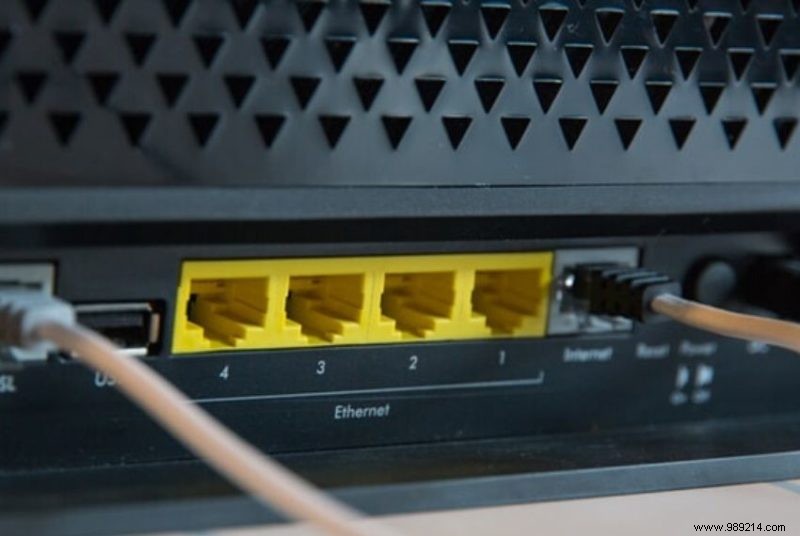By default, many routers have Wi-Fi Protected Setup (WPS) which can allow you to connect to your router without needing its SSID and password. However, WPS makes your router vulnerable to PIN guessing attacks from hackers. Therefore, you may want to disable WPS in some cases. Below we will see how to disable WPS as well as the advantages and disadvantages of keeping WPS active.
There are two ways to manually enable and disable WPS.

Some routers do not allow users to disable WPS. In such cases, you won't find a button to disable WPS or a setting on your router's configuration interface. If you want to disable WPS, your only option may be to switch to another router.
The biggest benefit of leaving WPS on is convenience. With WPS enabled, you can connect any device to your router without needing your router's ID or password. This can save you a bit of time connecting new devices and will also allow you to connect devices whether or not you remember your router password.
However, WPS also presents a pretty serious security risk that can't really be avoided. When WPS is enabled, hackers can guess your router's password repeatedly until they figure it out correctly. If you haven't already taken steps to improve the security of your router, it may be particularly vulnerable.
Once a hacker has your password, they will have access to your Internet connection, which they can use for just about anything they want, until you reset your router password. .
If you want to use WPS, you need to weigh the time it can save against the potential headaches posed by a successful attack on your router.
The answer is that you shouldn't even consider using it. WPS presents some pretty serious security risks. In general, it's a good idea to turn this setting off unless you really need the convenience it provides.